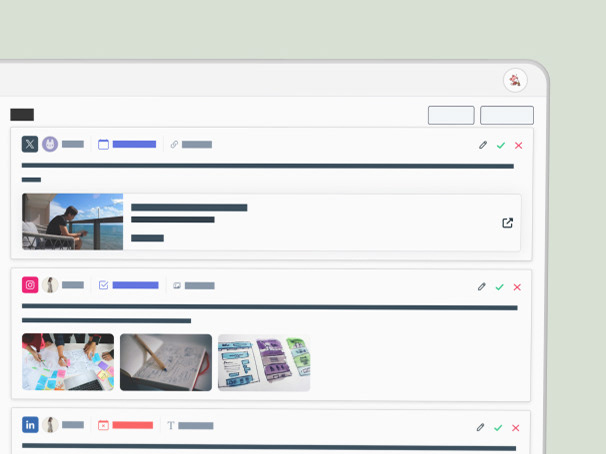Overview
In 2023, MongoDB worked with BrainStation NYC to run a 24-hour long hackathon for the graduating cohorts to identify flaws in their educational resources and find a way to incorporate AI into the solution.
I won first place alongside two other designers, two software engineers, and a data scientist by creating a solution that was both larger in scope and more in depth than the other teams.
My contributions
User Interviews
UI/UX Design
Developer handoff
User Interviews
UI/UX Design
Developer handoff
Team
3× UX Designers
2× Software engineers
1× Data Scientist
3× UX Designers
2× Software engineers
1× Data Scientist
Process
The main constraint in this project was the lack of time: We felt the time restriction wouldn’t allow for meaningful iteration so we chose to dedicate more time to research in order to increase the likelihood of a successful solution on the first attempt.
To maximize the time we had, we split up into 4 groups:
To maximize the time we had, we split up into 4 groups:
1. User Testing
One designer worked with the two software engineers to see what new developers would want to know.
One designer worked with the two software engineers to see what new developers would want to know.
2. Heuristics Testing
One designer looked for heuristics and accessibility issues within MongoDB Academy’s onboarding.
One designer looked for heuristics and accessibility issues within MongoDB Academy’s onboarding.
3. User Interviews
The third designer (me) would interview developers that used MongoDB in the past to hear their experience.
The third designer (me) would interview developers that used MongoDB in the past to hear their experience.
4. Exploratory Data Analysis
The data scientist used publicly available data from user surveys to find a main user demographic.
The data scientist used publicly available data from user surveys to find a main user demographic.
User insights
While my teammates were exploring how new users might navigate the app, my role was to learn about how developers that have used MongoDB navigated the learning process.
I interviewed 3 developers with the goal of learning (1) their learning experience using it, (2) if they faced challenges they faced in that process, and (3) if they did, how did they overcame those obstacles.
I interviewed 3 developers with the goal of learning (1) their learning experience using it, (2) if they faced challenges they faced in that process, and (3) if they did, how did they overcame those obstacles.
The main issues developers had with MongoDB's documentation were:
1. Finding the information they were looking for was too difficult.
2. Content was too vague or too dense.
As a result, users would rely on 3rd party resources such as Youtube, ChatGPT, or Stack Overflow.
Our Solution
We chose to address these user issues through a two-part solution: redesigning the onboarding to help users find what they need easier and faster and introducing ChatGPT to MongoDB's chatbot to catch users in the cases they cannot.
Chatbot (MongoDBot)
I was responsible for concepting, designing, and handing off the design to the developers (who then built it). My goal with the new design was to make it feel friendly and have preset options to help nudge users to find the information they're looking for.
If I had more time, I would have liked to do more research to understand what types of things users got stuck on to hone in on what preset message options would be the most helpful.
Onboarding Redesign
The new onboarding was designed and prototyped in Figma by the two other developers which allowed us to take advantage of our developer-designer ratio. Their goal was to declutter and remove unnecessary information while making important information easily visible.
How much is too much?
While our larger scope was one of the primary reasons for us winning the industry project, we finished our deliverables cutting it very close to wire (some parts only an hour before presentation!). However, it taught me the value of understanding the needs and capabilities of my teammates.
In fact, that experience got me my next position as a UX/UI Intern at Qnary. Check that out to see more of my work ↓
